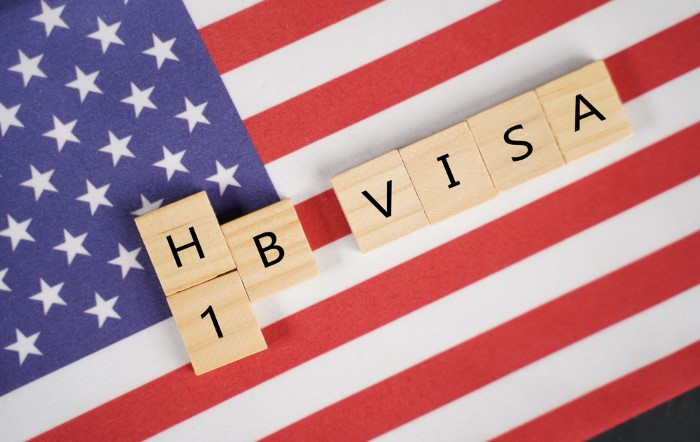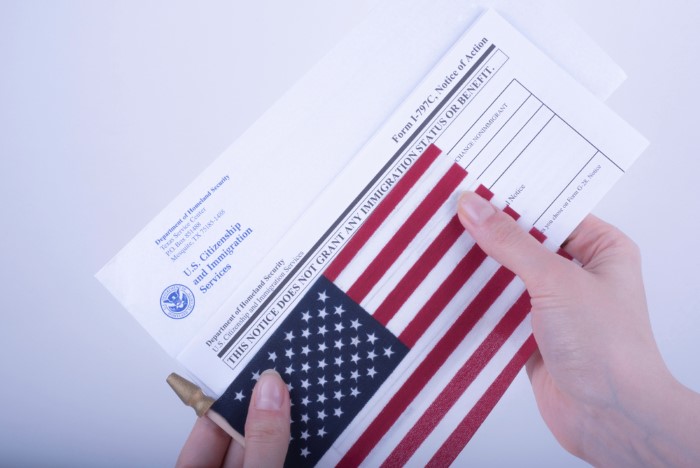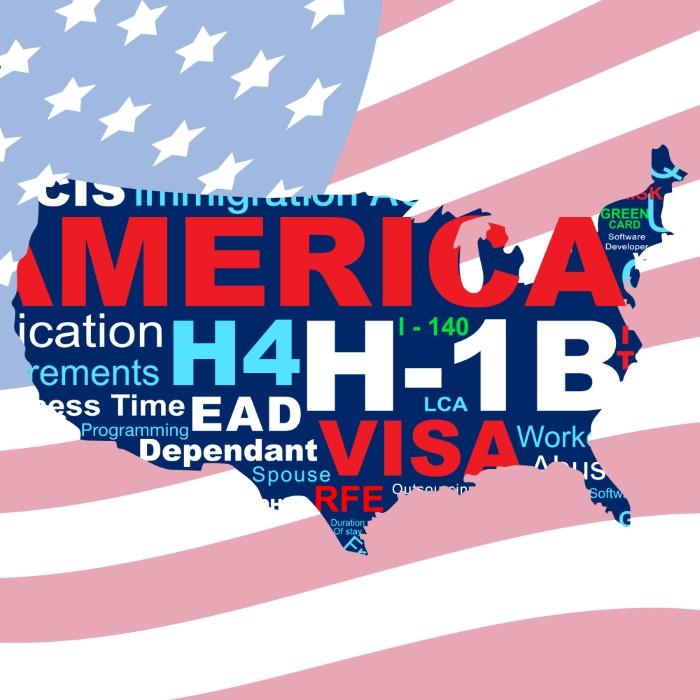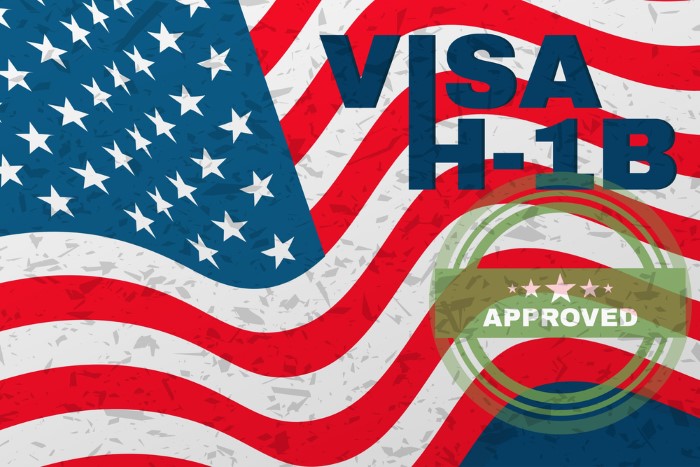
If you are a foreign national looking to live and work in the United States, one option you may consider is an H1B visa. But what exactly is the H1B visa program and how does it work? This guide will provide an overview of the H1B visa, including what it means, who qualifies, the application process, and more.
What Does H1B Visa Mean?
The H1B visa is a non-immigrant work visa that allows foreign workers to be employed in specialized occupations in the United States. The visa program enables US companies to temporarily employ foreign workers in positions that require theoretical or technical expertise in specialized fields like technology, finance, accounting, architecture, engineering, mathematics, science, and medicine.
In essence, the H1B visa program bridges the gap when there is a shortage of qualified American workers available to fill certain high-skilled jobs. It enables US employers to hire qualified foreign nationals to fill roles that otherwise may go unfilled.
Some key things to know about what an H1B visa means:
- It is an employment-based visa, meaning the foreign worker must be sponsored by a US employer.
- It is a dual intent visa, so it can lead to permanent residency.
- The duration is up to 6 years (3 years initially, with the option to extend another 3 years).
- H1B visa holders can work only for the sponsoring employer.
- H1B is a quota-based visa, with only 85,000 new visas issued per fiscal year.
So in short, the H1B visa allows US companies to temporarily employ specialized foreign workers when no qualified American workers are available to fill the role. The worker must be sponsored and can then live and work in the US on the visa.

Who Qualifies for the H1B Visa Program?
The H1B visa program has specific requirements regarding who is eligible. To qualify for H1B visa sponsorship, foreign workers must:
- Have a bachelor’s degree or higher or its equivalent.
- Work in a specialty occupation that requires specialized knowledge. This includes things like tech, engineering, accounting, architecture, and science roles.
- Have relevant work experience or training for the specific position.
- Be sponsored for employment by the US company hiring them.
The sponsoring employer will also need to demonstrate that:
- The offered position is in a specialty occupation that requires expertise.
- They are paying the foreign worker the prevailing wage rate for that occupation.
- Employing the foreign worker will not adversely impact the working conditions of similarly employed US workers.
In essence, the foreign worker must have specialized skills and education, along with an offer for a relevant job from a US employer willing to sponsor the H1B visa. This ensures the visa program truly bridges skills gaps when companies are unable to hire qualified Americans for those roles.
The H1B Visa Application Process
Obtaining an H1B visa in the USA is a multi-step process with requirements for both the employee as well as the employer.
Here is an overview of the key application steps:
1.Secure Job Offer
The process begins when you receive a job offer from a US company willing to sponsor your H1B visa. This is essential, as you need an employer sponsor to even qualify for the program.
2. File an LCA Form
Your employer will file a Labor Condition Application (LCA) with the Department of Labor, certifying things like the offered wage meets requirements.
3. Submit Your H1B Application
Next, your employer will submit a Form I-129 petition plus supporting documentation to USCIS on your behalf.
4. Enter the H1B lottery
As the H1B is a quota-based visa, your petition will then be entered into the annual visa lottery, which opens every April 1st. USCIS randomly selects 85,000 petitions.
5. Await Selection
If your petition is selected in the H1B visa lottery, USCIS will then review and adjudicate your application and approve successful cases.
6. Receive H1B Approval Notice
Upon approval, you will receive your H1B approval notice with the start date. You can then either apply for a visa stamp abroad or change your status within the US.
7. Start H1B Employment
Once the start date is reached and you have either a visa stamp or changed status, you can begin working for your sponsoring employer under the H1B visa!
The entire process can be complex, with strict eligibility requirements, an element of chance with the lottery, and lengthy processing times. But with dedication and persistence from both sponsor employers and foreign employees, it can result in highly skilled workers filling key roles in the American workforce.

Key Benefits of the H1B Visa Program

The H1B non-immigrant skilled worker program provides a wide range of valuable benefits for employers, migrant employees, and the overall US economy.
Here are some of the key advantages:
For Employers:
- Bridge talent gaps in their workforce by hiring qualified foreign workers when there is a shortage of skilled American labor available domestically. This enables them to fill open positions with top talent rather than letting roles sit vacant.
- Specifically employ highly educated foreign professionals in hard-to-fill specialty occupations like science, technology, engineering, mathematics, accounting, architecture, and medicine. These sectors have significant labor shortages, especially for advanced roles.
- Build uniquely qualified, productive teams leveraging expertise from across the globe. A diversity of backgrounds, skillsets, and perspectives helps drive innovation and makes companies more competitive globally.
- Save time and money on recruiting for niche roles and reduce employee turnover rates. The H1B streamlines bringing over existing international talent.
- Pay fair market wages as enforced by law. Salaries must match what US workers earn in equivalent positions, preventing the exploitation of foreign labor.
For Employees:
There are a number of benefits that foreign employees can gain through the H1B program:
- Opportunity to immigrate through work rather than family links. Skilled foreign nationals can come to the US outputs and contributions.
- Legally live, work, and pay taxes in the United States in their own field of professional expertise, tapped into the vibrant American economy.
- Gain entry to work for some of the most prestigious and innovative American corporations leading their industries domestically and worldwide.
- Use the H1B as a bridge to apply for permanent residency and citizenship down the road, establishing a life in the US.
- Career growth, learning, networking, and advancing within an occupational field alongside American peers and mentors within the globally respected US workforce.
For the USA:
In terms of advantages for the United States, the H1B visa:
- Maintain economic competitiveness and supplement the domestic high-skilled American labor force with the brightest minds from across the international talent pool. Keeps the US workforce robust and nimble.
- Fill the pressing needs of America’s rapidly growing innovation and technology economy. Experts in fields like engineering are in heavy demand generated from within the current US university and college graduates pipeline.
- Attract diverse entrepreneurial talent from around the world who are capable of founding companies, filing patents, conducting revolutionary research, and creating new high-value jobs to employ Americans. Spurs innovation and startups.
Ultimately the H1B visa skillfully connects smarter business solutions and exceptional emerging talent with career-defining opportunities at thousands of US companies when the existing American talent marketplace is falling short.
The program serves critical economic demands shared between employers lacking expert personnel, ambitious skilled workers from abroad, and America’s competitive edge globally across strategic occupations.
Frequently Asked Questions About the H1B Visa
Here are answers to some common questions about what the H1B visa program entails:
1. What is considered a “specialty occupation” eligible for H1B?
Specialty occupations generally require a minimum of a bachelor’s degree or equivalent. This includes things like computer science, engineering, medicine, architecture, mathematics, and physical sciences. The key thing is that the role truly is specialized and leverages the workers’ expertise.
2. Does my employer have to pay me a certain wage on H1B?
Yes, employers must pay the prevailing wage rate. This is determined by the DOL based on factors like role, location, and experience level. Employers cannot exploit the program to underpay foreign talent.
3. How long can I stay in the US on the H1B visa?
The initial H1B visa validity period is up to 3 years. It can then be extended once for an additional 3 years, for a total of 6 years maximum. After this, the foreign employee must leave and regain status, transition to another visa, or pursue permanent residency.
4. Can I bring my family members with me on H1B?
Yes! The H1B is considered a dual intent visa, so H1B holders can sponsor spouses and children under 21 years old for H-4 dependent visas allowing them to reside in the US too.
Conclusion
I hope this overview gives you a better understanding of what is h1b visa in usa and the overall program.
In summary, the H1B visa program in USA enables employers to temporarily sponsor qualified foreign professionals to work in specialty occupations when shortages of American labor with such expertise exist domestically.
It is a rigorous visa program requiring considerable credentials, global talent, patience through processing complexities, investments by hiring organizations, and some luck given the likelihood of getting selected in the annual random visa lottery.
But for those who utilize the H1B work visa properly and ethically, it can mutually benefit migrants, employers, and America’s national interests for certain in-demand professions.


